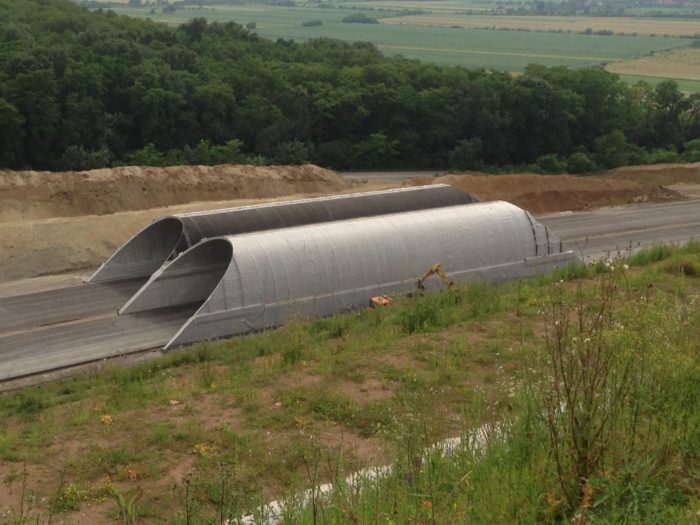28th June 2016
Connecting the Carpathians
I spent a day last week with a team from the UK-headquartered non-governmental organisation Fauna & Flora International and their Romanian partner Asociatia Zarand, in the Zarand region of south-western Transylvania. I was there to learn more about an EU-supported initiative, LIFE Connect Carpathians, focused on protecting the large carnivores which are such a remarkable feature of Romania’s forests.
It is believed that Romania is home to almost 40% of the European population of bears, more than 30% of its wolves and more than 20% of its lynxes. Around 200 of Romania’s 6000 bears live in the Apuseni Mountains in central Transylvania. The core focus of the project is to ensure that bears and other large carnivores are able to move freely between the Apuseni Mountains and the Retezat range in the southern Carpathians, in order to prevent the development of an isolated, inbred and declining population in the Apuseni.
 This in turn requires the maintenance of the Zarand wildlife corridor across the Mures Valley between the two ranges. There are plenty of challenges. A new and much needed motorway, the A1, is being built along the valley. Representatives of the Romanian highway construction agency, the CNADNR, took me to an “ecoduct”, a short section of tunnel which will be covered with earth and will allow bears and other large carnivores to pass safely over the motorway.
This in turn requires the maintenance of the Zarand wildlife corridor across the Mures Valley between the two ranges. There are plenty of challenges. A new and much needed motorway, the A1, is being built along the valley. Representatives of the Romanian highway construction agency, the CNADNR, took me to an “ecoduct”, a short section of tunnel which will be covered with earth and will allow bears and other large carnivores to pass safely over the motorway.
The project is also working to reduce the conflicts between humans and wild animals moving across the Zarand corridor. This involves practical measures such as helping local farmers navigate the bureaucracy required to secure payments for loss of livestock to large carnivores, and developing best practice around fencing systems. Because the farmers of the corridor zone are less accustomed to large wild animals than those in the mountain areas, their tolerance and understanding of bears and wolves tends to be lower, making this aspect of the project particularly important. It was impressive to see the close collaboration between the project team and the mountain group of the gendarmerie, for example in helping to ensure that properly-equipped intervention teams are ready when potentially dangerous animals stray too closely to places of human habitation.
Indeed, collaboration is an essential part of the project, and it was good to meet the Sub-Prefect of Hunedoara County, as well as the mayors of Petris and Zam. This is a culturally-rich landscape, fashioned through centuries of low-intensity agricultural practices, and the project also addresses ways in which local communities can be supported to combat rural depopulation and the loss of biodiverse environments such as upland hay meadows. This includes promoting the marketisation of local products, through initiatives such as the development of a milk collection facility in the village of Rosia Noua, though the identification of buyers has proved a challenge.
In all of this work it is really positive to see the way in which British expertise is supporting the project, not least through the presence of wildlife expert Iain Trewby as project manager. Iain has based himself in the county town of Deva with his wife and young family and quickly earned the respect of all key project partners.
And, no, I didn’t see any bears. Though we did have a sighting of what may have been wolf droppings.